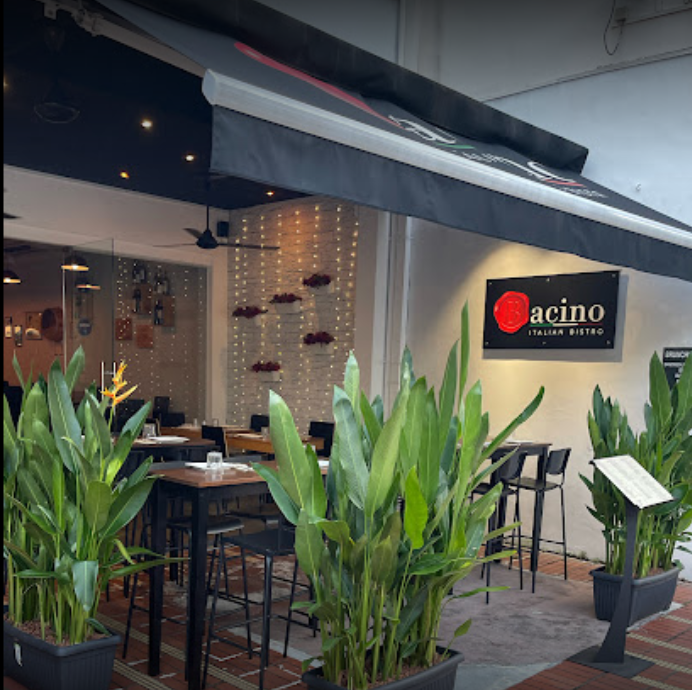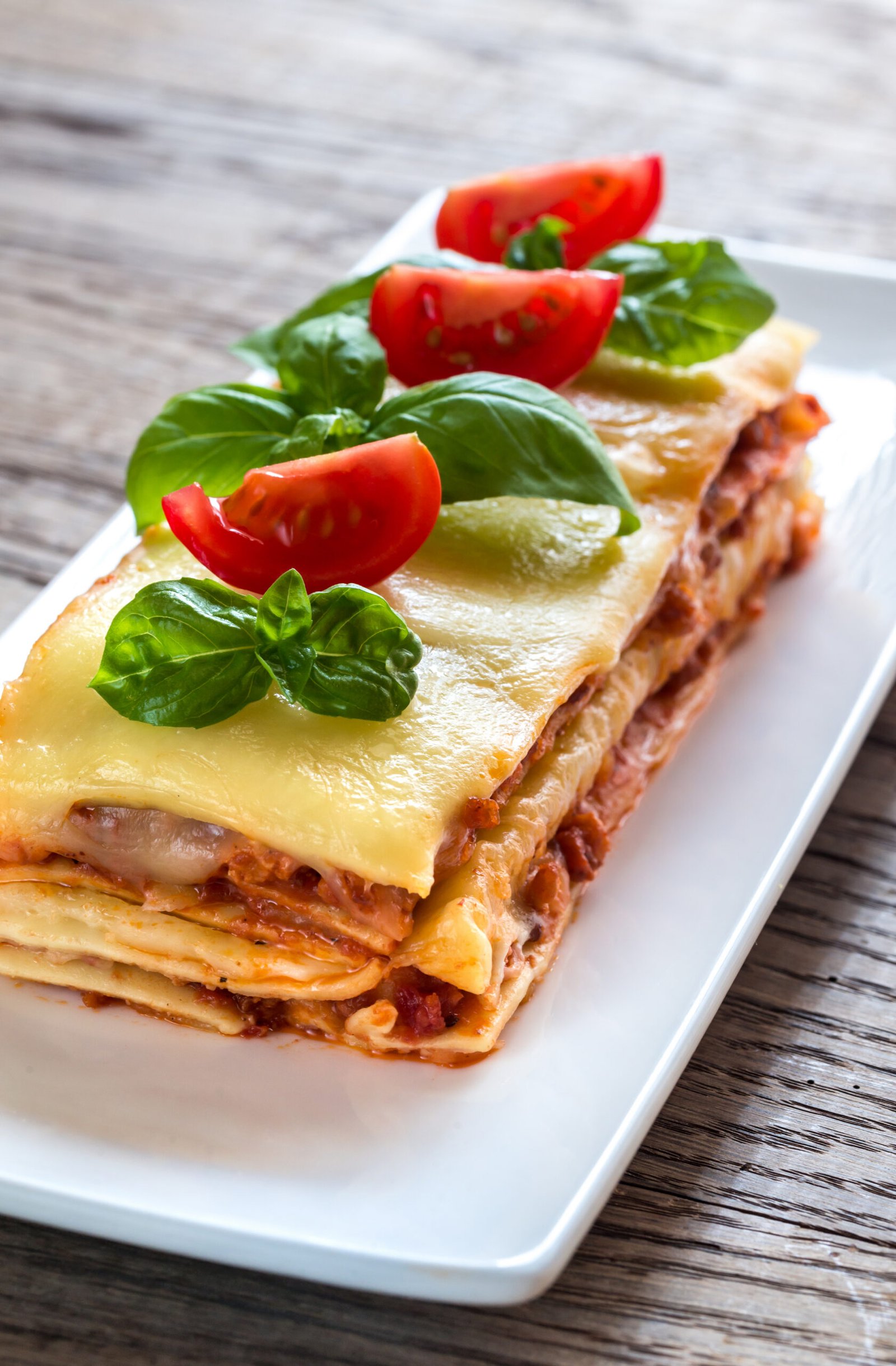Introduction
Italian food culture is a vibrant tapestry of flavors, stories, and traditions that go beyond just the taste and ingredients. It’s a culinary journey that reflects centuries of history, regional diversity, and a deep sense of community.
In this article, we dive into the fascinating stories and traditions behind some of our favorite Italian dishes. From the rustic charm of cucina povera to the elaborate feasts of saints’ days, each dish carries a piece of Italy’s rich heritage.
I remember my first experience with Italian cuisine vividly. Picture this: I’m in a tiny trattoria in Rome, struggling to order in my broken Italian. The waiter brings out a plate of Carbonara that changes my life. I can still taste the creamy sauce and perfectly cooked pasta. That moment sparked my love affair with Italian food—a passion that’s only grown stronger with every bite since then.
So grab your fork and let’s explore the stories that make Italian food more than just a meal—it’s an experience steeped in tradition and love.
1. Italian Food Culture: A Tapestry of History and Heritage
Italian food culture is like a deliciously woven tapestry, rich with history and heritage. Over centuries, various influences have shaped this culinary wonderland into what we savor today.
Historical and Cultural Influences
- Trade Routes: Ancient trade routes brought exotic spices, grains, and other ingredients to Italy. For instance, Venice was a bustling hub for spices from the East, enriching local cuisines.
- Invasions: From the Romans to the Normans, each wave of invaders left their culinary mark. The Arabs introduced rice and sugarcane to Sicily, giving rise to beloved treats like arancini (rice balls) and cassata (a traditional Sicilian cake).
- Regional Diversity: Italy’s diverse regions contribute unique flavors and dishes. Northern Italy is known for creamy risottos while Southern Italy boasts robust tomato-based sauces.
Cucina Povera: The Heart of Italian Simplicity
Cucina povera, or peasant cuisine, embodies the essence of making the most out of humble ingredients. Born out of necessity, this approach emphasizes:
- Simplicity: Dishes like panzanella (bread salad) and ribollita (vegetable soup) reflect resourcefulness, turning basic pantry staples into culinary delights.
- Rustic Charm: The rustic charm of cucina povera lies in its unpretentiousness. It’s all about hearty flavors that warm both the stomach and soul.
Family and Community: The True Essence
In Italy, food is synonymous with family and community. Meals are more than just sustenance; they are an experience:
- Gatherings: Picture a long table filled with loved ones sharing stories over plates of lasagna. Meals can stretch for hours because it’s not just about eating but bonding.
- Traditions: Italians cherish family recipes passed down through generations. Whether it’s Nonna’s secret sauce or a time-honored technique for making pasta, these traditions keep the culinary heritage alive.
Exploring Italian food culture reveals a legacy steeped in history, simplicity, and familial love. Each dish tells a story that transcends time and borders—a testament to Italy’s enduring culinary brilliance.
2. Pasta Perfection: Debunking Myths About Italian Reactions to Foreigner’s Take on Their Beloved Dish
When you think of Italians and pasta, the image of a stern nonna wagging her finger at an overcooked spaghetti might come to mind. While Italians do have strong feelings about their beloved dish, they’re not as rigid as the stereotype suggests. Authenticity is cherished, but there’s room for innovation and a sprinkle of culinary magic.
Breaking Down the Stereotype
Italians are often seen as purists when it comes to pasta. Think again! While they love their traditional recipes—whether it’s a simple aglio e olio or a luxurious carbonara—they also appreciate creativity. The key lies in respecting the ingredients and understanding the essence of the dish.
Creative Pasta Dishes from Non-Italian Chefs
Some non-Italian chefs have successfully blended their culinary heritage with Italian pasta, creating dishes that are both innovative and respectful:
- Miso Carbonara by Chef David Chang: This fusion dish replaces guanciale with miso, adding a umami twist to the classic Roman recipe. Believe it or not, many Italians enjoy this unexpected combo.
- Kimchi Spaghetti by Chef Roy Choi: A nod to his Korean roots, this dish combines spicy kimchi with traditional Italian spaghetti. The balance of flavors has won over many Italian food enthusiasts.
These examples show that while Italians value tradition, they’re also open to tasting new interpretations that honor the spirit of their cuisine.
Insights from an Expert
To get a deeper perspective, I spoke with renowned Italian chef Massimo Bottura. When asked about foreign takes on pasta, he said:
“Pasta is like jazz music; you need to know the rules before you can break them. Experimentation is part of cooking, but it must come from a place of respect for the ingredients and techniques.”
His words highlight that while there is room for innovation, understanding and honoring the foundation is crucial.
So next time you twirl your fork into a plate of unconventional pasta, remember that even Italians can appreciate a well-executed twist on tradition—just make sure you don’t overcook those noodles!
3. From Nonna’s Kitchen: Keeping Family Recipes Alive
Family recipes are like treasures, carrying the essence of Italian culinary traditions. They are lovingly handed down from one generation to another, holding not only the ingredients and methods but also the stories and secrets that make them special.
The Importance of Family Recipes
1. Preservation of Tradition
In many Italian families, recipes are handed down like precious jewels. Each dish carries the essence of its creator, often a beloved nonna (grandmother), whose kitchen was the heart of the home.
2. Unveiling Secret Techniques
These recipes often include secret techniques—like the perfect timing to add garlic or a unique blend of herbs—that elevate simple ingredients into culinary masterpieces.
3. Stories Behind Dishes
Alongside the methods and ingredients, these recipes come with stories. Perhaps it’s a tale of how a particular dish was created during tough times using whatever was available, embodying the spirit of cucina povera.
A Heartwarming Tale
Let’s meet the Rossi family from Tuscany, who have been making their famous Ribollita (Tuscan bread soup) for centuries. Originating as a peasant dish, it was made from leftover vegetables and stale bread. Today, it’s a symbol of their family’s resilience and resourcefulness. Each generation adds its own twist but always respects Nonna Maria’s original recipe.
Tips for Preserving Your Own Culinary Legacy
- Recipe Journals: Start documenting your family recipes in a journal. Include not just the ingredients and steps but also any stories or memories associated with each dish.
- Cooking Workshops: Spend time cooking with your elders. These sessions can be both educational and bonding experiences, ensuring that techniques are passed down correctly.
- Digital Documentation: Use technology to preserve these traditions. Create video tutorials or digital cookbooks to make sharing easier among family members scattered across different locations.
Family recipes are more than just food; they are a link to our heritage and a way to keep our ancestors’ spirits alive at every meal.
4. Celebrating San Giuseppe: The Rituals and Delicacies of Italian Feast Days
Italian feast days are a beautiful intersection of food, faith, and family. Each saint’s day, or festa, is celebrated with unique culinary rituals that bring communities together. These celebrations are not just about feasting; they are a vibrant expression of Italy’s rich cultural and religious heritage.
San Giuseppe (St. Joseph’s Day) Traditions
San Giuseppe, or St. Joseph’s Day, held on March 19th, is one of the most cherished feast days in Italy. It’s particularly significant in Sicily, where St. Joseph is credited with saving the island from famine during the Middle Ages. In gratitude, Sicilians honor him with elaborate altars laden with symbolic foods.
Fava Beans: The Star of the Feast
- Symbolism: Fava beans play a crucial role in the festivities. Legend has it that during a severe drought, fava beans were the only crop to survive, thus becoming a symbol of luck and prosperity.
- Culinary Use: These humble legumes appear in various dishes such as maccu di San Giuseppe (a hearty fava bean soup) and sweet fava bean cookies known as fave dei morti.
The Role of Italian Immigrants
Italian immigrants have carried these rich traditions across oceans, ensuring that the culinary spirit of their homeland thrives worldwide. Communities in places like New York City’s Little Italy and Boston’s North End come alive with vibrant processions and communal feasts on St. Joseph’s Day.
- Altars Abroad: You’ll find altars adorned with breads shaped like crosses and other religious symbols, along with an array of traditional dishes.
- Community Feasts: These events often culminate in large communal meals where everyone shares food and stories, much like their ancestors did.
Italian feast days serve as a delicious reminder of how deeply intertwined food and faith are in Italian culture. Through these celebrations, both locals and descendants abroad keep their heritage alive, one lovingly prepared dish at a time.
5. Risotto: The Slow and Stirred History of Italy’s Beloved Rice Dish
Risotto is a famous dish from Northern Italy that is known for its creamy texture and rich flavors. While it may seem like a complex recipe, its roots are actually quite humble. Risotto originated in Milan during the Renaissance period when rice was introduced to Italy through trade with the Mediterranean region. The fertile Po Valley provided the ideal environment for cultivating short-grain rice varieties like Arborio, Carnaroli, and Vialone Nano.
The Secret Behind Perfect Risotto: Arborio Rice and Broth
To master the art of making risotto, you need to understand the importance of two main components: Arborio rice and broth. Arborio rice is a type of Italian rice that is known for its high starch content. This starch is what gives risotto its signature creamy consistency. As for the broth, whether it’s made from chicken, vegetables, or beef, it plays a crucial role in infusing each grain of rice with delicious flavors.
Here are some key steps to keep in mind when preparing risotto:
- Constant stirring: This helps to release the starches from the rice, creating that velvety texture that we all love.
- Gradually adding warm broth: By adding the broth little by little and allowing each ladleful to be absorbed before adding more, you ensure that the rice cooks evenly without turning into mush.
- Practicing patience: Risotto is not a dish that can be rushed. It requires time and attention. Each grain of rice should be cooked just right – tender with a slight bite.
Personal Tips and Variations
While classic risotto recipes are always a hit, there’s also room for experimentation and putting your own spin on things:
- Mushroom Risotto: Enhance the earthy flavors of risotto by sautéing a mix of wild mushrooms in butter before starting the base.
- Saffron Risotto (Risotto alla Milanese): Add a pinch of saffron to your broth for a vibrant yellow color and a subtle floral taste.
- Seafood Risotto: Bring a taste of the sea to your plate by incorporating shrimp or scallops into the risotto.
Embrace the Meditative Art of Risotto Making
Making risotto is not just about following a recipe; it’s an experience that can be both relaxing and rewarding. The process of stirring the rice as it gradually absorbs the broth requires focus and patience, allowing you to fully immerse yourself in the present moment.
“Cooking risotto is like making love. It’s a slow process that requires your complete attention and dedication.” – Unknown
So next time you decide to make risotto, embrace this meditative art form. View it as your personal symphony in the kitchen, with each stir of the spoon creating a harmonious blend of flavors. And remember, good things take time – including a perfectly cooked plate of risotto.
Buon appetito!
Preserving the Past Through Pasta Making Workshops
Pasta making workshops have become popular among tourists who want to experience Italian culture on a deeper level. These interactive sessions go beyond teaching the basics of dough rolling, cutting, and shaping; they also offer insights into the centuries-old customs that give each pasta variety its distinct character.
Why Pasta Making Workshops Are a Must-Try
- Cultural Immersion: Participants not only learn the techniques but also uncover the origins and significance of each pasta shape.
- Artisanal Craft: Appreciating the traditional methods passed down from one generation to another adds an extra layer of value to this culinary art.
Top Picks for Authentic Pasta Making Workshops
Here are some highly recommended workshops you should check out:
- Tuscany: La Cucina di Stella in Florence offers classes focusing on traditional Tuscan pasta like pici and pappardelle.
- Emilia-Romagna: Known as the birthplace of Italian cuisine, Casa Artusi in Forlimpopoli provides comprehensive courses on classics such as tortellini and tagliatelle.
- Campania: Head to Naples for Cooking Amalfi Coast, where you can try your hand at making fresh gnocchi and scialatielli.
My Encounter with a Pasta Artisan
During a workshop in Bologna, I had the pleasure of meeting Signora Lucia, a passionate pasta artisan. Her hands moved with practiced ease, shaping tortellini faster than my eyes could follow. She shared stories about how her grandmother taught her these techniques, emphasizing the importance of keeping such knowledge alive. Supporting individuals like Signora Lucia is crucial for preserving these culinary traditions.
Pasta making workshops provide more than just cooking skills—they connect us to Italy’s culinary soul and support local food entrepreneurs committed to keeping their heritage vibrant.
Conclusion
Italian food culture is a rich tapestry woven from stories and traditions that span centuries. By exploring our own heritage through food, we can reconnect with ancestral recipes or discover the culinary traditions of other cultures.
Ways to Incorporate Italian Food Culture into Daily Life
- Host themed dinner parties featuring classic Italian dishes.
- Join community cooking classes to learn traditional techniques.
- Experiment with Italian ingredients in your everyday cooking.
Try these suggestions to bring a slice of Italy into your own kitchen.
“Food is a universal language that bridges gaps between generations and preserves our intangible cultural heritage.”
Embrace the stories and traditions behind our favorite dishes, and let them add flavor to every meal. Buon appetito!














































































